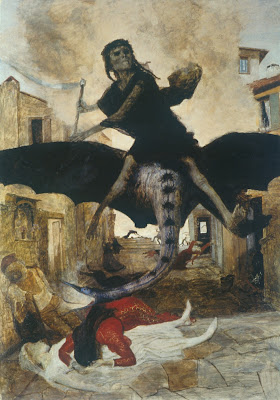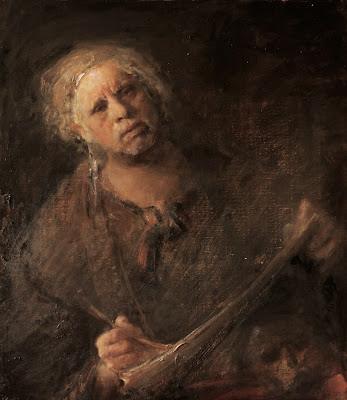Working in isolation in the last decade of his life, Paul Cézanne (1839–1906) frequently alluded to mortality in his letters: "For me, life has begun to be deathly monotonous"; "As for me, I'm old. I won't have time to express myself"; and "I might as well be dead." It is possible that the death of his mother on October 25, 1897—she had been a protective and supportive influence—accelerated his meditations on mortality, a subject which had obsessed the artist since the late 1870s, but did not find pictorial form for another twenty years. Cézanne's health started to deteriorate at the same time. The dramatic resignation to death informs a number of still life paintings he made between 1898 and 1905 of skulls. These works, some painted in oils and some with watercolor, are more subtle in meaning yet also more visually stark than the traditional approach to the theme of vanitas.

Paul Cézanne's interest in the subject may have had roots in thoughts other than the contemplation of death. He could have been drawn to the skulls' volumetric forms, just as he was to those of fruits and vases, and he supposedly exclaimed "How beautiful a skull is to paint!" They also share physical similarities with his self-portrayals: "the skulls confront the viewer straight-on in a manner reminiscent of the artist's portraits." In both sets of works the mass of the cranium is emphasized: in the self-portraits the lower half of his face is obscured by his beard, while the skulls lack lower jaws altogether. In both series attention is focused on the round pate and eye sockets. There would have been further reason for the subject to interest Cézanne: skulls were prominent in the homes of Catholics, and Cézanne was a devout Catholic knowledgeable in ancient Christian texts. Human skulls had also long been common accessories in artists' studios.

































































.jpg)



